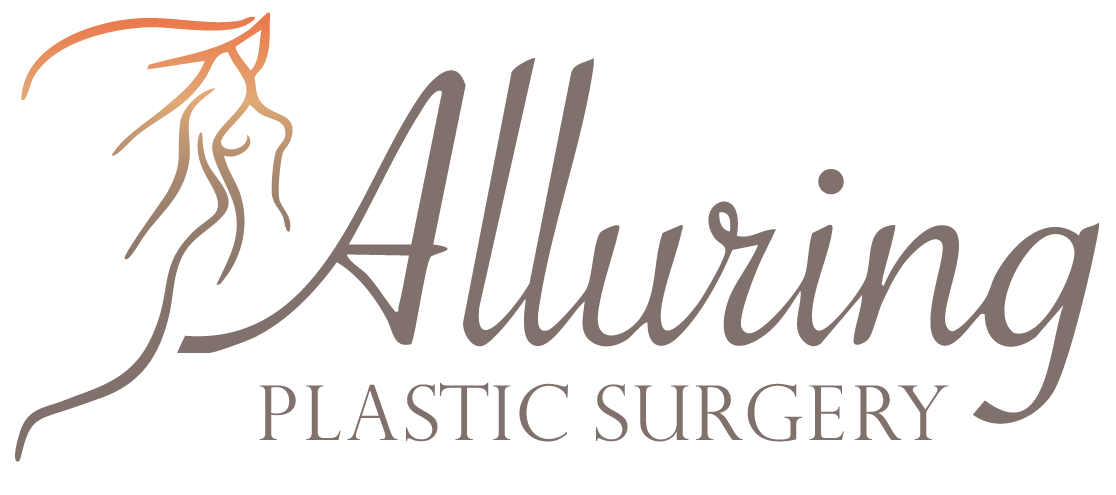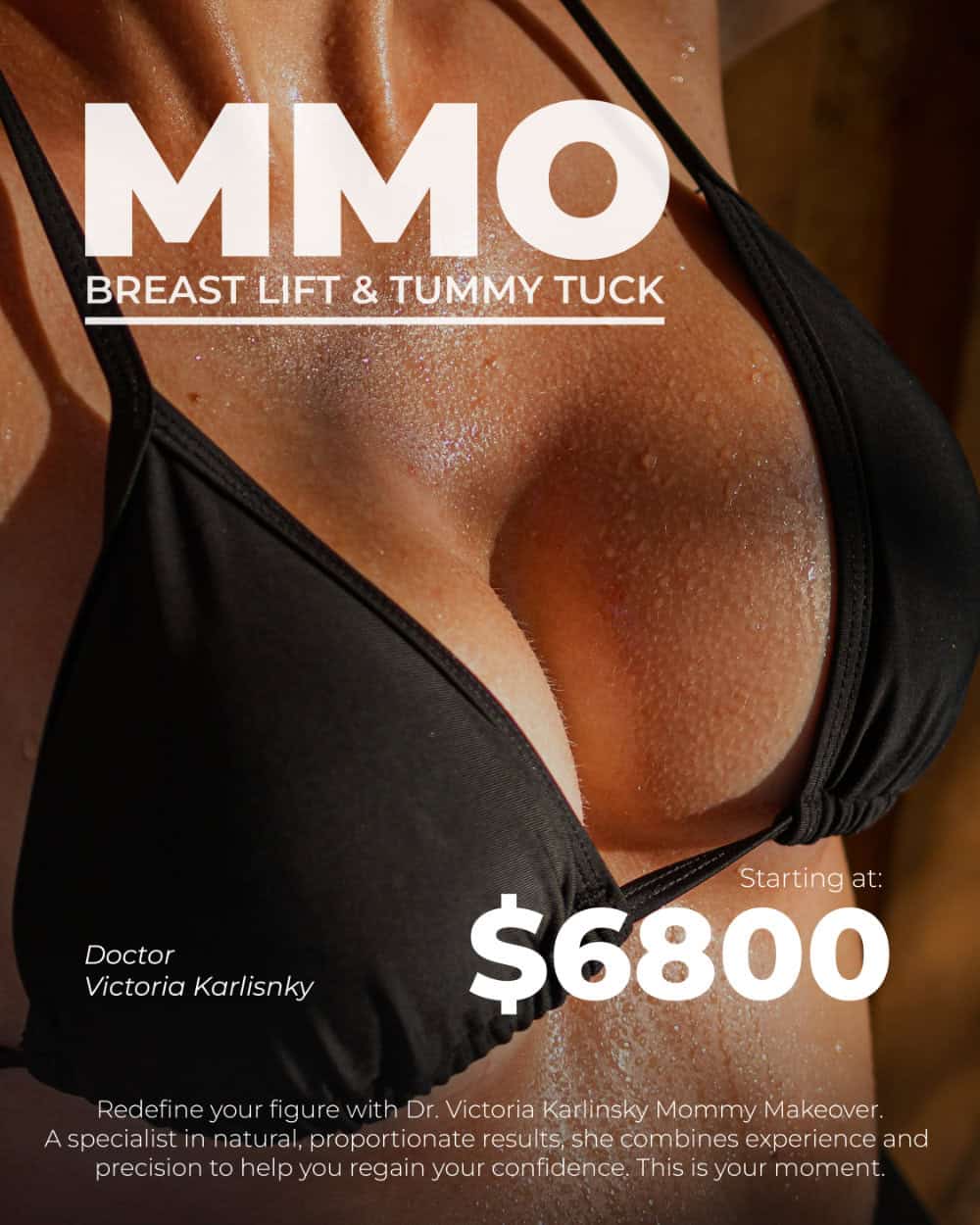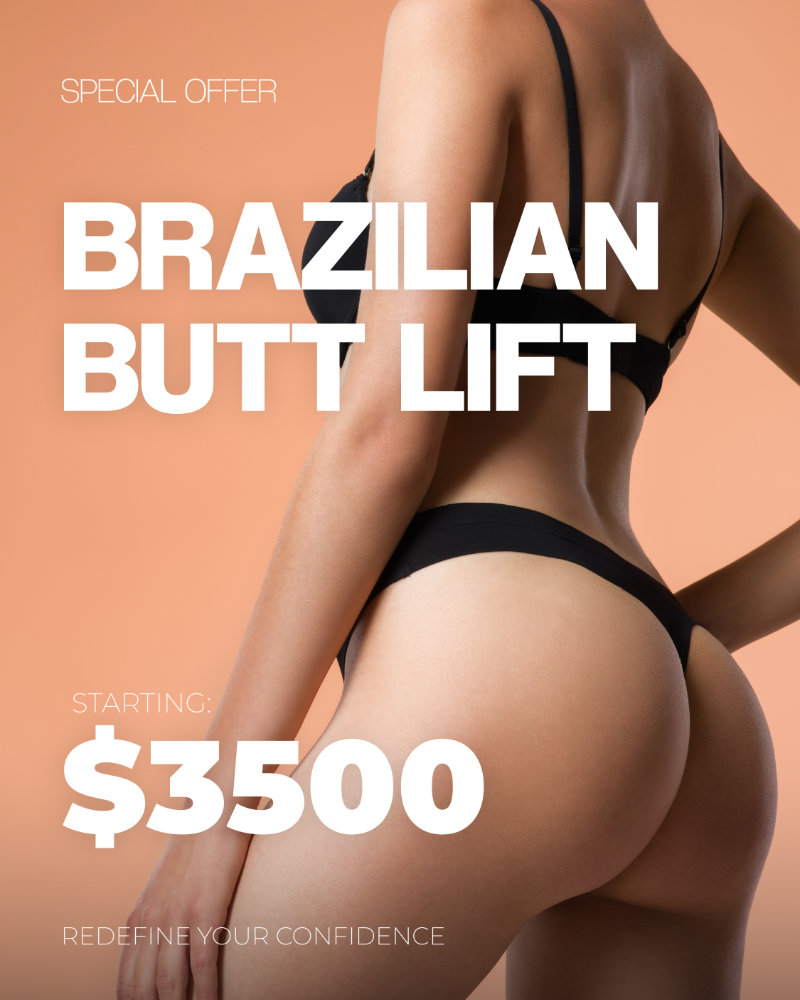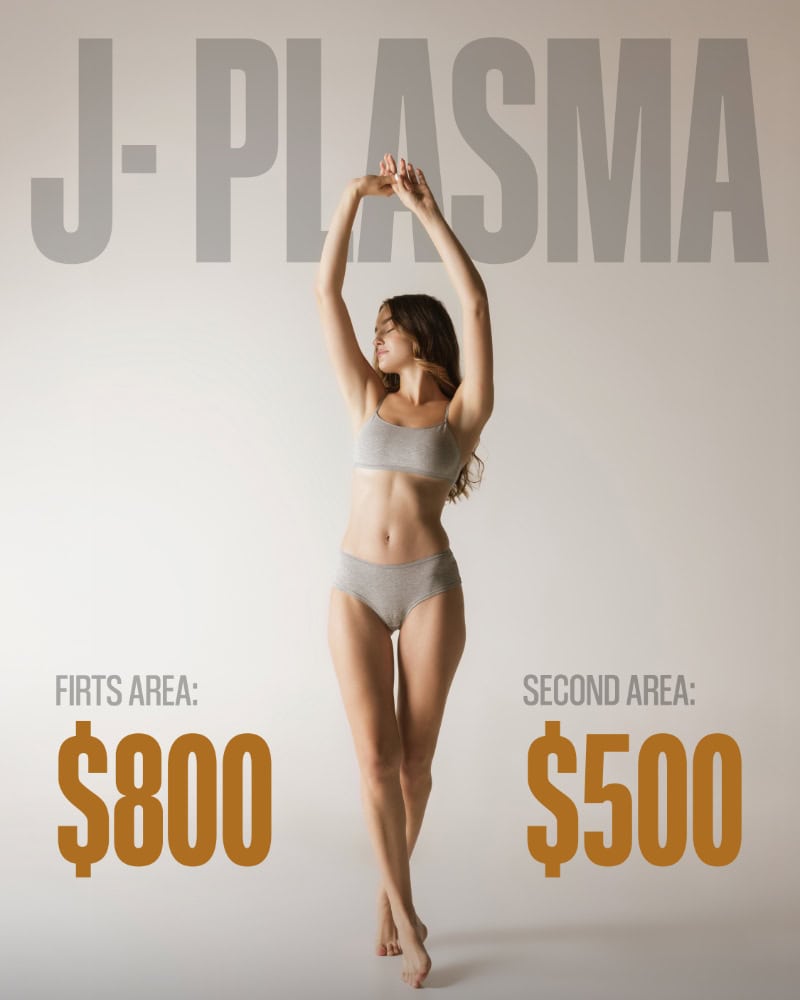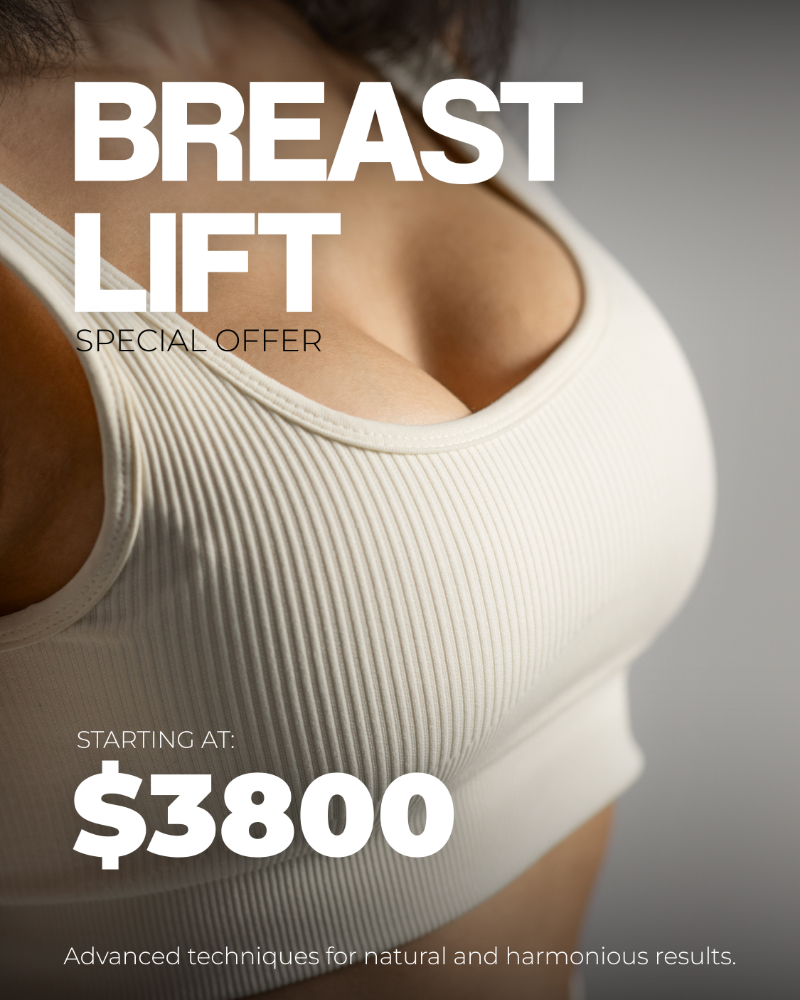Patients recovering from Breast Augmentation often wonder what to expect at the 5-week post-operative mark. This phase represents a pivotal point in the healing process where noticeable improvements occur—but lingering questions remain. Many patients feel unsure about what’s normal during this stage: Is this swelling still okay? When can I resume workouts? Is this sensitivity expected?
At five weeks, we typically see a significant reduction in swelling and discomfort. Your implants begin settling into a more natural position, and scars continue to fade with proper care. Most patients can gradually return to normal activities, though heavy lifting remains restricted. You’ll likely notice improved mobility and decreased pain, but some tightness or nerve sensitivity may persist.
For a personalized consultation, contact Alluring Plastic Surgery today at (786) 305-8649 or fill out our online contact form to schedule your consultation today.
What Physical Changes Happen 5 Weeks After Surgery?
While every patient’s recovery journey differs slightly, the five-week post-operative mark represents a turning point in the healing process. At this stage, we usually observe a substantial reduction in swelling, which allows your breasts to begin settling into a more natural shape as the implants soften.
Most patients experience decreased discomfort and improved mobility, making it possible to resume light daily activities. However, strenuous exercise remains off-limits. It’s also common for breasts to appear somewhat high or firm, as complete settling can take several months.
This settling, known as the “drop and fluff” process, may continue for several more months.
Scarring remains visible but should continue fading with proper care. We recommend applying sunscreen to scars when exposed.
Regular follow-up appointments are essential at this point to monitor progress, evaluate implant symmetry, and address lingering discomfort.
What Pain and Sensitivity Are Normal at 5 Weeks?
By week five, most patients report a marked decrease in pain, though recovery varies greatly by individual. Typically, acute discomfort subsides at this point, and healing continues at a steady pace.
Many patients still experience some tightness around the implants as surrounding tissues adjust. Nerve sensitivity usually improves within a few months but may occasionally persist.
Most individuals can now begin light exercises under guidance, regaining range of motion in their chest and arms.
Pain management needs differ: while some patients may no longer need interventions, others may still require prescribed pain protocols to ensure comfort during these final healing phases. Over-the-counter medications like acetaminophen or NSAIDs may be sufficient at this stage, unless otherwise advised by your surgeon.
What Activities Are Safe at 5 Weeks Post-Op?
At the five-week milestone, many patients are ready to ease back into daily activities—but a cautious approach is still recommended. Avoid heavy lifting or movements that may stress healing incisions.
Light physical activities such as walking are encouraged to promote healthy circulation. Low-impact options like gentle yoga may be introduced but should stop immediately if any discomfort occurs.
Avoid exercises involving the chest muscles, which remain restricted. Continue to wear your supportive bra during all activities to ensure proper implant positioning.
Before resuming more strenuous workouts, consult your surgeon to ensure your healing is on track. Since every recovery is unique, follow your surgeon’s guidance.
How Should I Sleep at 5 Weeks After Breast Augmentation?
At this stage of your post-augmentation recovery, your sleeping position plays an important role in healing. Proper sleep posture supports breast tissue, implant positioning, and incision healing.
Maintaining upright back-sleeping posture supports proper implant pocket formation and reduces pressure on healing tissue. Transition gradually into more comfortable sleeping setups using supportive pillows and strategic positioning to avoid unnecessary strain on healing tissue.
Back Sleeping Transition Challenges
Transitioning to back sleeping can be a major adjustment—especially for lifelong side or stomach sleepers. However, this shift is critical to avoid unwanted pressure on your healing breast tissue and incisions.
Use supportive pillows to elevate your upper body and improve comfort. A body pillow can help prevent you from rolling over during sleep.
Many patients find this gradual adjustment reduces both discomfort and anxiety about harming their surgical results. If sleep positioning remains difficult, contact your surgeon for personalized strategies.
Supportive Pillow Arrangements
Continue to sleep on your back using specialized pillows for support. A wedge pillow works well to keep your upper body elevated, helping to reduce swelling and support implant healing.
For added comfort, place a pillow under your knees to relieve lower back pressure. This setup supports your spine’s natural curve and protects your surgical results.
Side Sleeping Considerations
Although tempting, avoid side sleeping at this point. It can apply unnecessary pressure on healing tissue and affect your final results.
Stick to back sleeping with your upper body elevated. Some patients can consider side sleeping around six weeks post-op, but always listen to your body and stop if discomfort arises.
Before changing sleep habits, consult your surgeon. Everyone heals differently, and professional approval is necessary before transitioning positions.
What Bra Should I Wear 5 Weeks After Surgery?
Proper support is vital during the healing process, and the right undergarments play a major role in recovery. At five weeks post-op, opt for a soft, supportive bra—such as a sports bra or recovery bra—that avoids restricting circulation or movement.
Avoid underwire bras for at least 6–8 weeks, as they can irritate incision sites and apply unnecessary pressure. Choose bras with adjustable straps and front closures to accommodate any residual swelling.
For clothing, choose loose, comfortable options like button-downs or zip-up tops that don’t require raising your arms. Soft fabrics reduce irritation and support your comfort as your breasts settle.
What Follow-Ups and Red Flags Should I Expect?
At five weeks post-operation, a comprehensive evaluation will typically be scheduled to review your recovery. Your surgeon will check the incision sites, monitor implant positioning, and look for signs of complications.
During these visits, we assess for early warning signs like inflammation, discharge, asymmetry, or potential capsular contracture, which may need immediate attention.
You should be seeing significant recovery progress at this point—less discomfort and greater mobility. However, full healing and your final results will take several more months.
Routine Check-Up Protocol
Follow-up appointments are essential to long-term recovery and success. We generally schedule the first post-op check within 1–2 weeks to examine healing, remove sutures, and address initial concerns.
You’ll typically return for follow-up visits at one month and three months to monitor your ongoing progress. We’ll examine incision sites for infection signs such as redness, swelling, or unusual discharge.
Open communication is critical—report any persistent discomfort or visible changes in your breasts. These visits allow us to catch and treat potential issues early.
Recognizing Warning Signs
While most recoveries go smoothly, spotting potential complications early is crucial. Stay alert for increased swelling, extreme redness, fever, or persistent pain not relieved by medication.
Unusual discharge from incisions is also a common sign of infection. If any of these symptoms appear, contact your surgeon immediately.
Don’t hesitate to report concerns. Prompt attention can prevent more serious issues and keep your recovery on track.
Physical Recovery Timeline
By the fifth week, patients usually notice a significant transformation—swelling subsides, and breasts begin taking their final shape.
Continue attending all follow-up visits to assess healing and catch any issues. Mild tightness or nerve sensitivity can persist but usually improves steadily.
Monitoring for infection and staying in close contact with your surgeon helps guide your return to normal activity based on individual progress.
Learn More About Breast Augmentation Surgery in Miami
At Alluing Plastic Surgery in Miami, our board-certified surgeons specialize in creating natural-looking, beautiful breast enhancement results that perfectly complement your body proportions. Our cutting-edge techniques minimize recovery time while maximizing the transformative effects that help patients rediscover their confidence and self-image. The Alluring team’s commitment to personalized care ensures you’ll receive expert guidance through every step of your breast augmentation journey.
Ready to start your journey? For a personalized consultation, contact Alluring Plastic Surgery today at (786) 305-8649 or fill out our online contact form to schedule your consultation.
